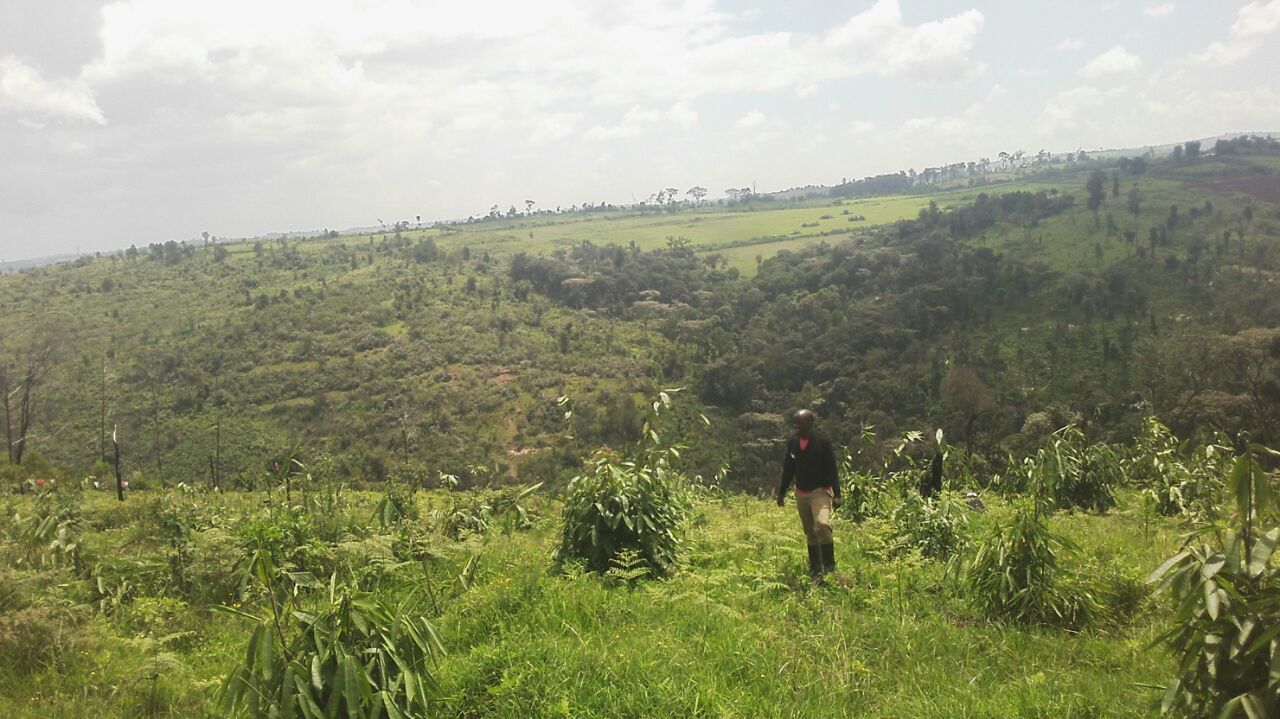|
Getting your Trinity Audio player ready...
|
By Patience Akumu and Konstantina Boutsika
Folk tales about the mosquito, an insect that has plagued humanity for centuries, abound. In every story, the mosquito is errant, sly, and resilient, even lucky.
One Ugandan folktale tells of Mosquito and Ear, once close friends. Mosquito, bold and restless, proposed marriage. But Ear hesitated. Legend says she was an Anopheles—skeletal, unappealing, her needle-like mouth twitching as if forever stirring trouble.
Ear refused. Mosquito seemed too frail, too fleeting. Who would wed a creature that might perish by dawn? Better alone than widowed.
Humiliated, Mosquito vanished—but not forever. Now, each night, she returns. Her wings hum a taunt in Ear’s folds:
“Buzzzz… You thought I’d die? Buzzzz… I’m still here.”
One mosquito is enough to keep you up all night. A flock of uncontrolled mosquitoes would cause more damage than we could ever envisage. With uncontrolled mosquitoes, humanity would not just be uncomfortable – more lives would be lost. Many of these deaths would be from malaria, which the female anopheles mosquito spreads. Even with efforts and scientific advances to control the mosquito, malaria kills at least 600,000 people every year.

In addition to malaria, mosquitoes spread other diseases such as dengue, yellow fever, and Zika. There are 725,000 deaths annually from all mosquito-borne diseases, including malaria. This makes the mosquito the animal that kills the most people, ahead of more feared animals such as lions and snakes.
A small group of professionals known as the Vector Control Working Group under the RBM Partnership, a UN entity working towards ending malaria, has dedicated the last 20 years to fighting the mosquito. These are the people who ensured insecticide-treated mosquito nets reach those who need them the most, and homes take on indoor spraying. In the face of insecticide resistance, they are the brains that brought us mosquito nets treated with two insecticides instead of one to better protect people, and working with communities to destroy mosquito breeding sites before the mosquitoes have a chance to come to life.
Still, the mosquito arises
Yet the mosquito remains with us. Like it does to the ear in the folk tale, it returns to torment humanity, leaving a trail of devastation. In 2023, there were an estimated 263 million new malaria cases across 83 countries worldwide. This is up from 252 million cases last year. This means that nine million more people got malaria. They could have been children who missed school, employees who did not make it to work, or farmers who missed the harvest season because they were too ill to go to the fields. They could be part of the 600,000 who lost their lives. Or they could be silently living with long-term disabilities from the disease.
The rise in malaria cases, even as the number of deaths stagnates, is a testament to the resilience of the mosquito and begs the question: Is humanity ready for the challenge? Can we meet our 2030 goals on malaria elimination?
Certainly, countries such as Egypt and Cape Verde, which have been declared malaria-free in the last two years, present a beacon of hope. But with challenges such as anti-microbial and insecticide resistance, shrinking resources both internationally and within countries, erratic climate partners, and rising humanitarian crises, the mosquito continues to thrive.
Only US$ 4 billion was invested in fighting malaria in 2023 – less than half of the US$ 8.3 billion needed to meet global targets. Over the past five years, the funding gap for malaria has continued to grow. It stood at 2.6 billion in 2019 and 4.3 billion in 2023.
This funding gap affects all areas of malaria elimination, including vector control. Newer technologies cost money and not inventing to outsmart the mosquito costs lives. It is essential for national governments and international donors to prioritize funding to malaria and vector control to protect the gains made and steer the world to a path of progress. In the face of shrinking resources and increasing humanitarian needs, malaria must not be left to continue to wreak havoc.
The World Malaria Day theme, Malaria ends with us: Reinvest, reimagine, reignite, dares us to envision a world free from malaria and take steps to end this deadly disease once and for all. And it starts with that tiny, obstinate, and audacious mosquito that we must do everything to keep in check. Vector control is a malaria intervention whose benefits spill over to managing other diseases. A clean and healthy environment means other vectors are repelled too, leaving people prosperous and health systems stronger in the face of a lighter disease burden.
Ms Patience Akumu is a lawyer, journalist, and Advocacy and Communications Manager at RBM.
Dr Konstantina Boutsika is a biologist and Working Groups Specialist at RBM.














